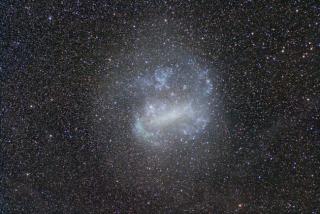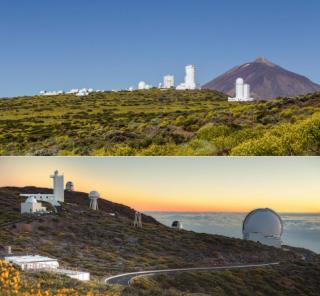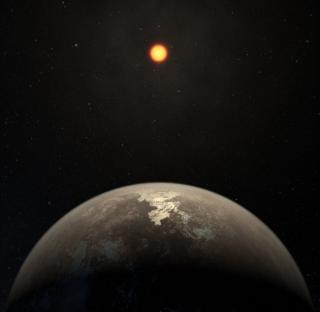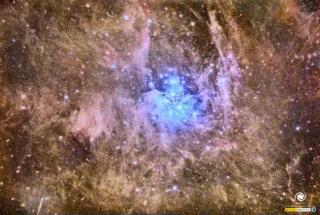
Una investigación publicada recientemente y liderada por una estudiante de doctorado del Instituto de Astrofísica de Canarias (IAC) y la Universidad de La Laguna (ULL), explica la formación de la barra estelar de esta galaxia vecina de la Vía Láctea
Advertised on




